Trial - Keeping a disorderly house - Defendants renting two properties allegedly used for prostitution
R v Court and another: Court of Appeal, Criminal Division: 9 February 2012
The defendants, C and G, rented two properties (the properties). A term of the tenancy agreement or lease in each case was that the property should not be used for 'immoral purposes'. Two commonplace, unremarkable and non-descript advertisements were found by the police, along with other advertisements of a similar nature, in the personal services section of a local newspaper. No addresses were given.
However, two mobile telephone numbers were advertised. The officers telephoned both numbers and they were allegedly offered sexual services. Police officers attended the properties. At one house they found a scantily dressed woman and G. During the police search, C arrived. No one was found at the second house. A large number of condoms were found at both addresses. In one house one vibrator was found. No other mechanical devices or instruments were discovered. No customers were found at either house and no customers or woman offering services were observed going to or from either house.
The defendants were arrested and charged with keeping a disorderly house at the two properties between 31 January and 19 February 2010. The prosecution relied on limited evidence which related to sexual services said to be offered from both addresses. The judge rejected a submission of no case to answer. The defendants were convicted of two counts of the ancient common law offence of keeping a disorderly house. The second defendant, G, was also convicted of a third count of transferring criminal property. Suspended sentences of imprisonment were imposed. The defendants appealed, inter alia, against conviction.
The issue for consideration was whether the evidence in the instant case was capable of falling within the scope of the common law offence and whether the judge had erred in rejecting a submission of no case to answer. The appeals would be allowed.
It was settled law that before a defendant could be convicted for keeping a disorderly house, the jury had to be satisfied that the services provided were open to members of the public who wished to partake of them, and were of such a character and conducted in such a manner (whether by advertisement or otherwise) that their provision amounted to an outrage of public decency, or was otherwise calculated to injure the public interest to such an extent as to call for condemnation and punishment. The provision of 'straightforward sexual intercourse' would not be sufficient to constitute the offence (see [13] of the judgment).
On the evidence in the instant case, the conviction of the defendants represented a significant widening of the ambit of the ancient offence. The circumstances described, taken at their highest, were not capable of falling within the scope of the common law offence. The criminality which should have been alleged was that the defendants had allowed the premises of which they were tenants to be used for prostitution.
That, however, could not be an appropriate basis for upholding the use of the common law charge. At the trial in the Crown Court, the judge should have upheld the submission that there was no case in law for either defendant to answer. It followed that the convictions were unsafe (see [9], [15], [16] of the judgment). The convictions would be quashed (see [16] of the judgment).
R v Tan [1983] 2 All ER 12 applied; R v Berg and others [1927] 20 Cr App R 38 considered; R v Quinn [1961] 3 All ER 88 considered.
Tom Wainwright (assigned by the Registrar of Criminal Appeals) for C; Dermot Keating (assigned by the Registrar of Criminal Appeals) for G; Geoffrey Porter (instructed by Crown Prosecution Service) for the Crown.

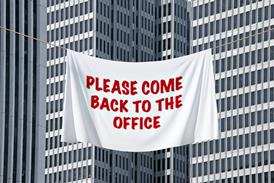

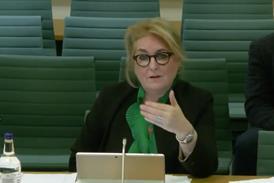
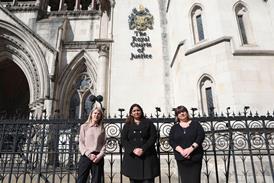
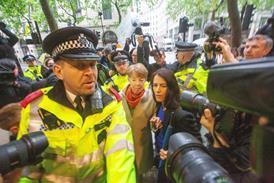


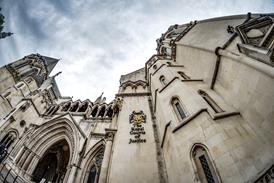
















No comments yet